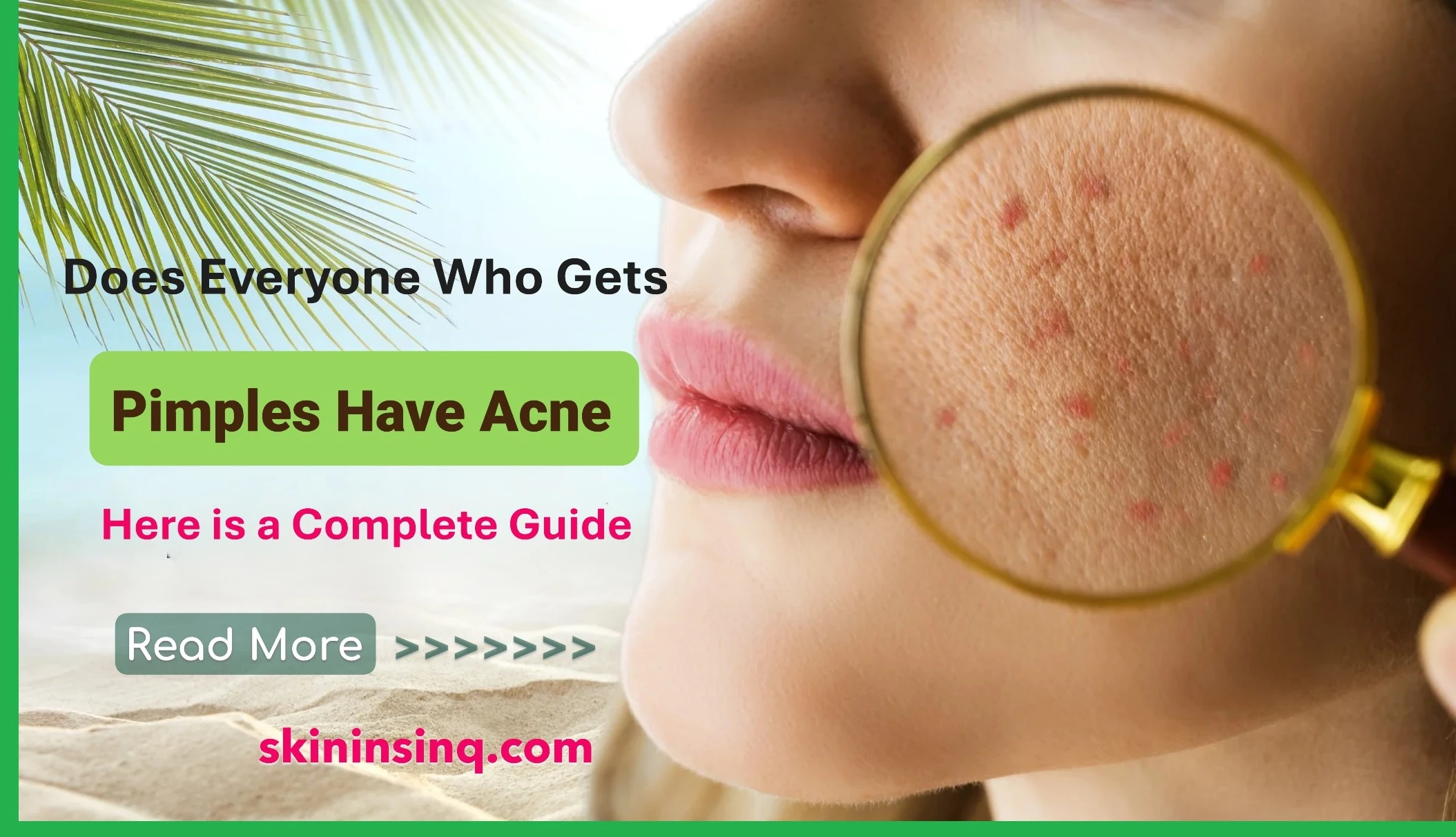Does Everyone Who Gets Pimples Have Acne? Understanding the Difference Between Occasional Breakouts and Acne
Does Everyone Who Gets Pimples Have Acne? Understanding the Difference Between Occasional Breakouts and Acne
Pimples are a common skin concern that most people experience at some point in their lives. However, there's often confusion about whether the presence of a few pimples automatically means someone has acne. While the terms "pimples" and "acne" are often used interchangeably, they are not exactly the same. Understanding the distinction between occasional breakouts and a true acne condition is important for choosing the right skincare approach and treatments.
What Are Pimples?
Pimples are small, inflamed bumps on the skin that result from clogged pores. They may contain pus and often occur due to a temporary imbalance in oil production, dead skin cell buildup, or bacteria. Hormonal fluctuations, stress, diet, or using pore-clogging skincare products can also trigger pimples.
Pimples can appear as:
-
Whiteheads: Closed clogged pores.
-
Blackheads: Open clogged pores with darkened surfaces.
-
Pustules: Red bumps filled with pus.
-
Papules: Red, tender bumps without pus.
Having a few pimples from time to time, especially during adolescence or around menstruation, is quite common and doesn't necessarily indicate acne.
What Is Acne?
Acne is a chronic skin condition that involves more than just the occasional pimple. It typically includes multiple forms of lesions such as comedones (blackheads and whiteheads), papules, pustules, nodules, and cysts. Acne often persists for weeks, months, or even years and can occur on the face, back, chest, and shoulders.
Unlike occasional pimples, acne is often:
-
Persistent and recurrent
-
More widespread
-
Influenced by genetic, hormonal, or underlying medical factors
In more severe cases, acne can lead to scarring, pigmentation issues, and emotional distress. Medical treatment is often recommended for managing moderate to severe acne.
Key Differences Between Pimples and Acne
| Feature | Occasional Pimples | Acne (Skin Condition) |
|---|---|---|
| Frequency | Infrequent or periodic | Frequent, chronic, or ongoing |
| Severity | Mild; few isolated spots | Mild to severe; includes multiple types of lesions |
| Duration | Resolves quickly (few days to a week) | May last for weeks to years |
| Trigger Factors | Temporary (stress, diet, hormones) | Often influenced by hormones, genetics, or skin type |
| Requires Medical Treatment | Not usually | Often necessary |
When to See a Dermatologist
If pimples become frequent, painful, or leave scars, it could be a sign of acne that needs professional treatment. A dermatologist can help diagnose the condition and offer solutions ranging from topical creams and oral medications to treatments like chemical peels or laser therapy.
Conclusion
Not everyone who gets pimples has acne. Occasional breakouts are normal and can usually be managed with over-the-counter products and a good skincare routine. However, if the breakouts are persistent, severe, or affecting your quality of life, they may signal an underlying acne condition. Understanding the difference is the first step toward effective treatment and healthier skin.

Related Blog
What Causes Oily Skin and Can It Be Managed Naturally? Exploring Root Causes and Gentle Solutions
Aug 2, 2025 by Admin
General
What Are the Signs That You Have Sensitive Skin? Key Symptoms to Help You Identify This Delicate Skin Type
Aug 1, 2025 by Admin
General